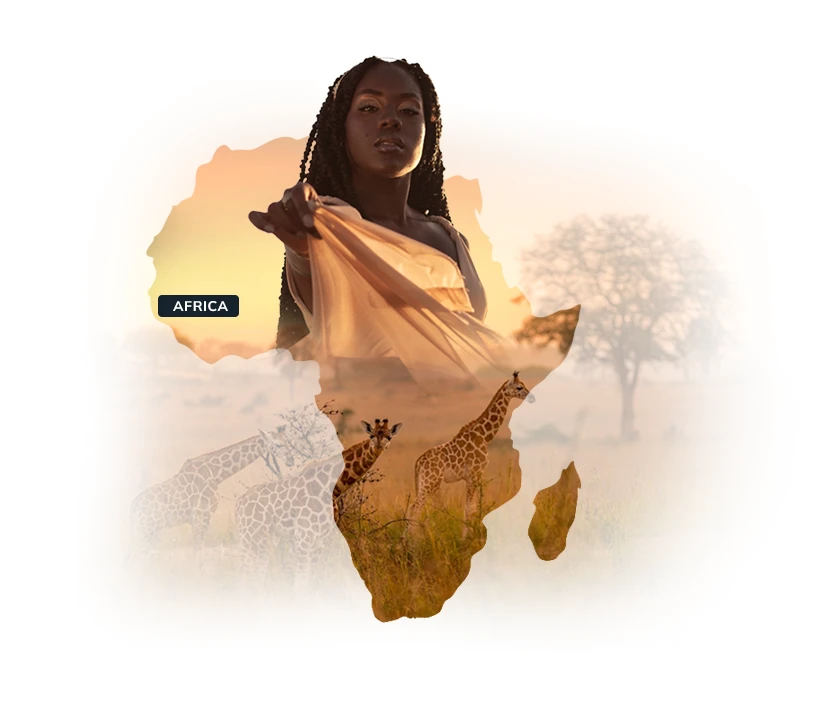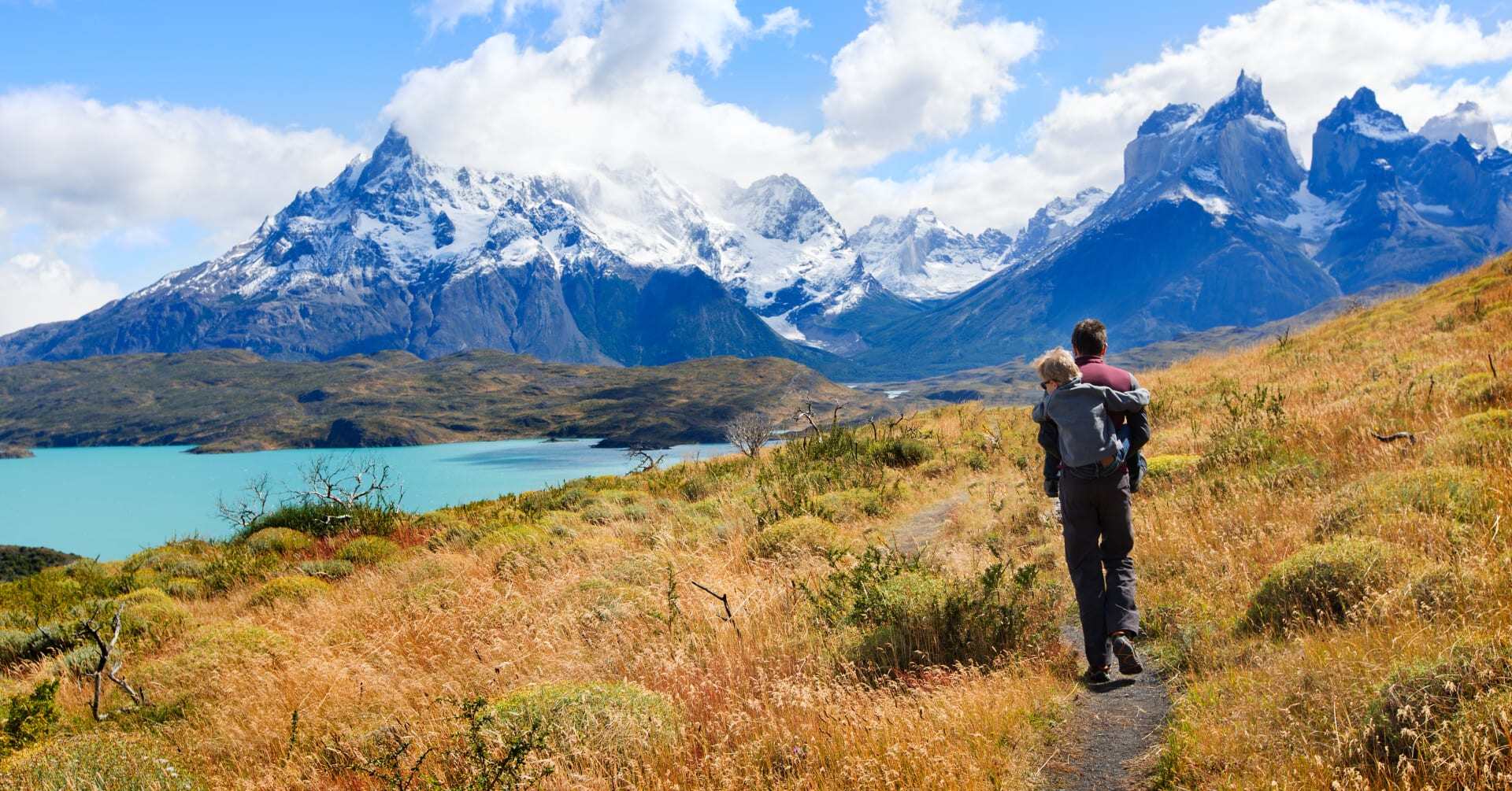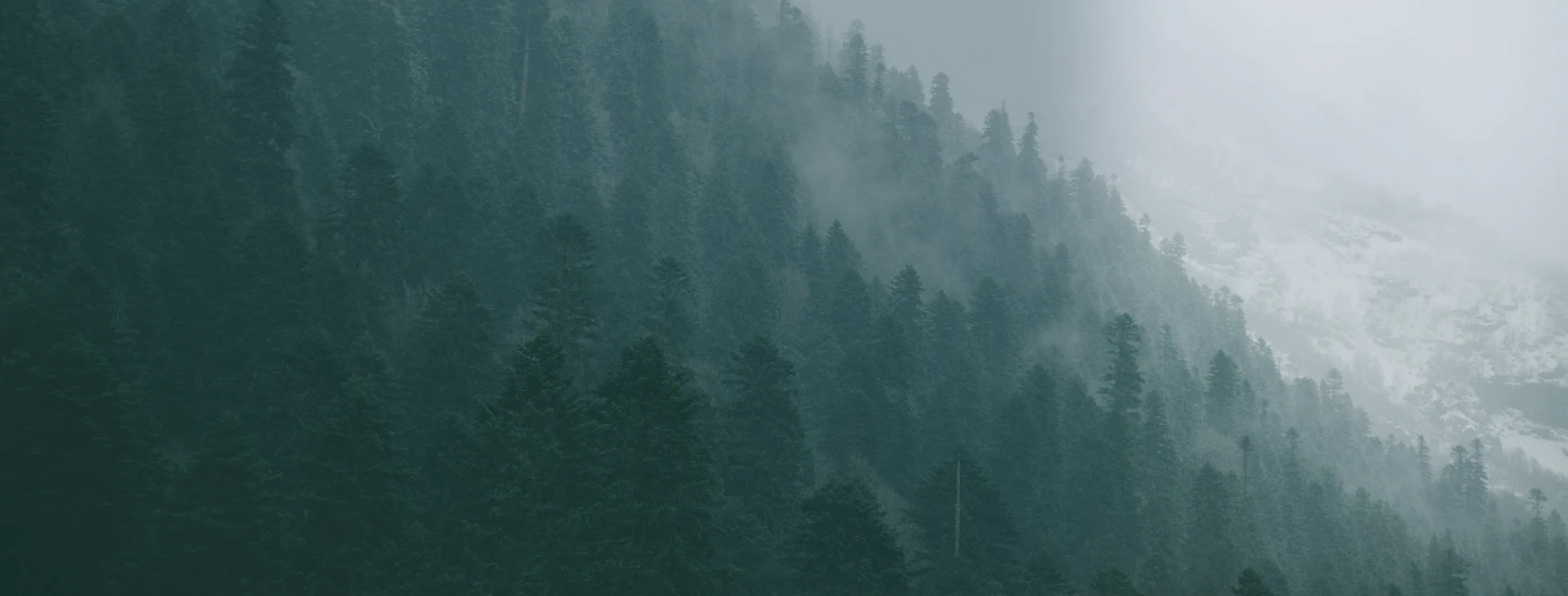Dip your toes into the crystal waters of the Kenyan coast and join me as I reflect on my trip to East Africa.
From sailing in Shimoni to whale-watching in Watamu, I dive deeper into this culturally rich and biodiverse landscape, uncovering its most exciting and rewarding experiences.
What sets this location apart is more than just its breathtaking sandy beaches and the vivid blue of the lagoon-esque sea. It's equally defined by the remarkable initiatives in motion, dedicated to preserving the long-term sustainability of this ecologically diverse paradise.

|
Week 1: Diani
Landing at Ukunda airstrip after a brief flight from Nairobi, I was greeted by that familiar and irreplaceable feeling of humid yet heavenly coastal air. Collecting my suitcase, we drove to the nearby Tiwi beach, experiencing an array of colourful kangas, frantic tuk-tuks and the occasional colobus monkey leaping through palms, before arriving at our accommodation for the next week.
Situated in a secluded spot, nestled peacefully between a tropical forest, is Mkelekele House. Through the arched doorway, we were immediately greeted with ocean views peering around the branches of an ancient baobab tree towering in the private garden. With a hand-crafted, authentic atmosphere mixed with undisputable luxury, it is hard to imagine that we could have found a more ideal space.
The following days began at 6 am. I was awoken by nature’s alarm clock - a chorus of exotic birds and the sun’s warming rays. The subsequent hours were filled with a routine of glorious diving, mouth-watering lunches and afternoons filled with much-needed relaxation, before spending the evening on the terrace, sundowner in hand, watching the final rays dip behind the horizon.
The scuba diving in Diani is unmissable for anyone wanting to experience a new dimension to Kenya’s traditional offerings. Based at the Nomads Resort, Diani Beach, Diving the Crab is a 5-Star PADI dive centre and a renowned diver’s paradise. Here, we were briefed before embarking on a boat journey to one of 28 dive sites stretched along the coast.
Each dive site is unique, boasting diverse coral landscapes and thriving numbers of marine life. Whether it be the sea-grass fields of Kisima Mungu, where green turtles gather in the dozen to feast, or MV Fungo, a shipwreck nestled into the sand with ghostly fingers of coral wrapped around its hull, it is a continuous feast for the eyes. Dazzling yellow shoals of snapper weaved their way through the coral maze while snappy Moray Eels lurked beneath the anemone-fringed ridges.
The dive begins to resemble a game drive on safari, looking in the undergrowth for a sultry leopard or scanning the grasslands for a glimpse of a giraffe, becomes a hunt instead for a flash of a giant octopus. The adrenaline and undisputeable joy at what you witness on land if mirrored on a whole new level in this underwater world as you become at one with the creatures, rather than simply an observer.
Throughout our week diving in Diani, we were lucky to be closely involved with working alongside the Olive Ridley Turtle conservation project. Established in 2012 and based within Diving the Crab, they monitor, photograph and research over 200 individual turtles inhabiting this coastline. Armed with a camera on each of our dives, we aimed to capture an image of each side of the turtle’s face, a unique fingerprint of their identity, which, when logged into the database, provides an insight into their largely unknown lives. To have been part of this essential work to ensure the longevity of the turtle species was an experience I will never forget.
Week 2: Kisite Marine Reserve
Departing from Diani after a week of sensational diving, we journeyed south to the more remote location of Shimoni. Located just above the Tanzanian border, Shimoni is a rural port village offering a unique blend of African, Arabic and European influences whilst being a gateway to the renowned Kisite-Mpunguti Marine National Park.
An unspoiled, pristine paradise welcomes us. A handful of scenic islands are scattered among the silky-smooth waters, home to a wide range of endemic marine animals and breeding migratory birds. The blossoming coral gardens of Wasini Island provide a nursery for new-born clown fish and a safe, protected habitat for the park’s 70 inquisitive dolphins.
After settling into our humble yet enchanting eco-lodge, we met our personal instructor and boarded a traditional Kenyan sailing dhow. Within minutes, dolphins had been spotted, a pod of 15 darting and gliding around the boat’s hull, a turtle lifted its head, gasping for air, and a fish eagle skimmed the water’s surface, plucking an unsuspecting fish into its talons.
The next few days in Shimoni were organised by Pilli Pipa, a family-run marine centre established in 1989, specialising in seamlessly managed and highly professional snorkelling and diving experiences. Hosting day trips from hotels all along Diani beach, they provide top quality equipment, refreshments on board and a mouth-watering Swahili traditional lunch. Fresh Indian Ocean mangrove crab in delicious coriander butter sauce, hand-stretched chapatis, coconut rice, cassava, and seasonal salads, all washed down with homemade citronella tea grown from the garden, was a feast for all senses.
Alongside these dreamy day excursions, Pilli Pipa has also established our accommodation - the FireFly Eco-lodge. Each day could be filled with endless activities, ranging from multiple dives, snorkelling, dolphin watching and even an exhilarating night dive. This was a brand-new experience, setting out in a canoe across the channel, guided only by the trail of moonlight that illuminated the ripples of the inky-black lagoon. The colours of the reef became a dazzling kaleidoscope of vibrant hues due to the unfiltered beam of the torch, and elusive night-dwelling predators emerged, ready to embrace their long-awaited hours of darkness.
The week spent in Shimoni was remarkable, but nothing could have prepared me for what happened on our third day. I followed a turtle across a bed of vast coral sponges, when three ominous dark shapes appeared from the deep blue horizon. These were three inquisitive dolphins. Being in such close proximity to a dolphin is an experience that remains a dream in the minds of children and adults alike, so for it to unravel into a reality was a truly humbling occurrence.
While diving with Pili Pipa, we became involved with the REEFolution team, a coral reef restoration organisation that plants and conserves coral reefs in the channels between the coast and surrounding islands. We spent our mornings working on the nurseries with the ‘Reef Rangers’, crafting artificial homes for marine life using recycled materials. From attaching coral strands to metal structures, to building wine bottle cages for anemone nurseries, the rapid regeneration of the ocean is remarkable with the help of this human creativity and intervention.
These weeks in Kenya unveiled a whole new level of beauty to this renowned country. For me, it became a hidden marine paradise that carries the celebrated vibrancy and colours of its land to the depths of the seas. Through the local communities and inspiring individuals, I was introduced to a new level of understanding that extends far beyond just viewing Kenya as a holiday destination. It’s an intricate ecosystem that determines the balance between tourism and the environment, and one we must protect.
If this sounds like your perfect Kenya Beach holiday, get in touch with one of our Travel Specialist to start planning your dream trip








